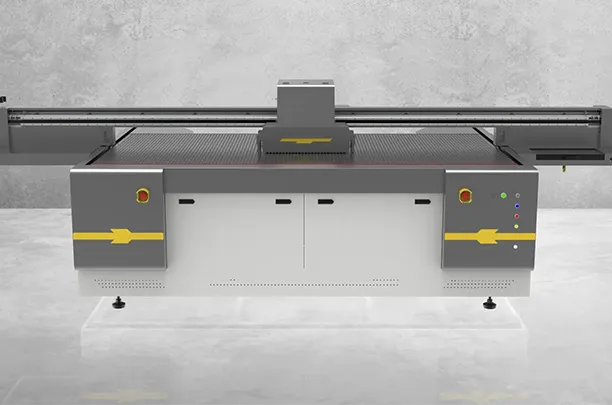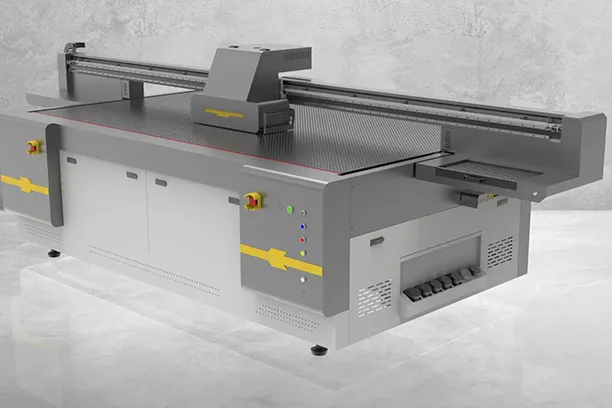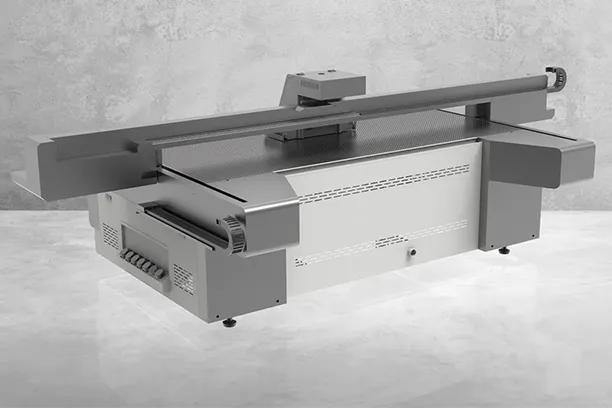Evite que sua consulta atrase a resposta, insira seu WhatsApp/WeChat/Skype junto com a mensagem, para que possamos contatá-lo o mais rápido possível
Responderemos em até 24 horas. Se for um caso urgente, adicione WhatsApp: +86 17864107808, ou WeChat: +86 17864107808. Ou ligue +86 17864107808 diretamente.
*Respeitamos sua confidencialidade e todas as informações são protegidas. Usaremos suas informações somente para responder à sua consulta e nunca enviaremos e-mails ou mensagens promocionais não solicitados.
Imagine being able to bend, stretch, and twist your 3D printed creations! Flexible 3D printing opens up a world of possibilities, and TPU filament is at the heart of this innovation. This article will guide you through everything you need to know about flexible 3D printing, why TPU is a game-changer, and how you can start creating amazing flexible parts today.
Flexible 3D printing is all about making objects that aren't rigid. Instead of hard plastic, you can create things that are soft, bendable, and elastic. This is made possible by using special materials like flexible filament in your 3D printer.
Flexible materials are like the rubber band in your hand—they can stretch and return to their original shape. In 3D printing, materials like thermoplastic polyurethane (TPU) e thermoplastic elastomer (TPE) are used to achieve this flexibility. They offer a unique combination of durabilidade, elasticity, e softness.
TPU filament is one of the most popular choices for flexible 3D printing. But why is it so special?
Because of its properties, TPU is perfect for making:

There are other flexible filaments like TPE, but TPU stands out.
Printing with flexible filaments like TPU can be a bit tricky, but with some tips, you'll get great results!
Using flexible filaments opens doors to new projects and solutions.
De medical devices para automotive parts, flexible materials are in high demand.

Shore hardness measures how hard or soft a material is.
Select the hardness based on your project needs:
Printing with flexible filaments isn't without its challenges.
Flexible filaments can be abrasive to certain printer components. Use hardened steel nozzles if necessary.
Beyond filaments, flexible materials are available in powder form for SLS printers.

O automotive industry benefits greatly from flexible 3D printing.
Quickly create prototypes to test fit and function before mass production.
Flexible 3D printing is revolutionizing how we make things.
With more materials and printers available, flexible 3D printing is more accessible to hobbyists and professionals alike.
Flexible 3D printing with TPU filament opens up a world of possibilities. From creating soft, elastic parts to revolutionizing industries like automotive and medical, it's an exciting field worth exploring.
Ready to dive into flexible 3D printing? Check out these amazing printers from Sena:
Discover the perfect printer for your flexible 3D printing needs!
Start experimenting with flexible materials today and unlock endless possibilities in your 3D printing projects!